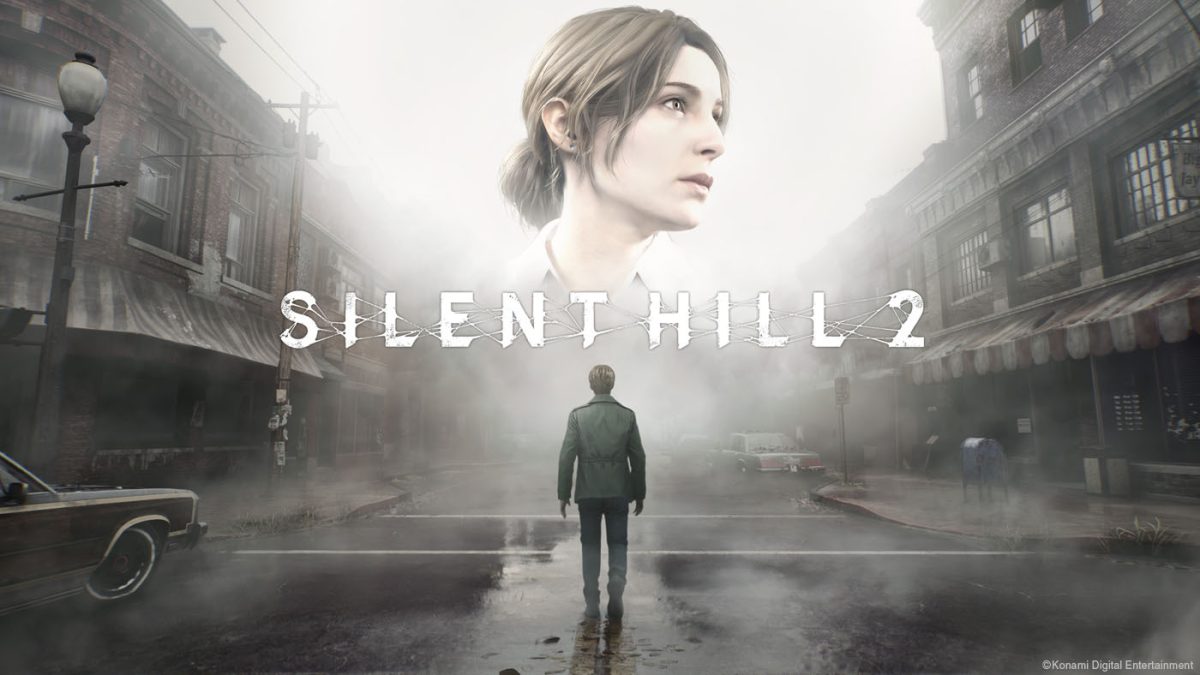When discussing video games that set a benchmark for the medium, “Silent Hill 2 (2001)” comes up frequently. With its iconic setting, horrifying monsters and dark storytelling, “Silent Hill 2” wasn’t afraid to make the audience uncomfortable. It redefined horror for a new generation of video games.
So when a remake was announced, there was a lot of pressure and high expectations to meet.
“Silent Hill 2 (2024),” released Oct. 8, is a survival horror game developed by Bloober Team and published by Konami Digital Entertainment. It is a remake of the 2001 video game “Silent Hill 2,” originally developed by Team Silent.
The player takes on the role of James Sunderland (Luke J. Roberts), a man who is drawn to the quiet tourist town of Silent Hill by a letter from his dead wife. When he arrives, he finds the town overrun by strange monsters, and his journey leads him into a psychological nightmare.
The gap between the original game and the remake is 23 years, a long time in the video game world. Technology, voice acting and industry expectations have evolved so much in that time that a remake of “Silent Hill 2” had the potential to really change things for the better.
At the same time, there was the potential for this remake to go poorly because it would have been easy to mess up this remake, especially since a different development team was creating this game. In fact, I would argue that “Silent Hill 2” is one of the most challenging games to remake due to the fear that the themes and messaging of the original game would have been misinterpreted or, even worse, watered down to suit a ‘modern audience.’
Thankfully, “Silent Hill 2 (2024)” not only retains the dark and uncomfortable storytelling of the original, but it also enhances it with updates to story and characters, a more fleshed-out world and combat encounters that are horrifying yet engaging.
Story and Characters:
Simply put, the introduction of motion-capture face animations, a reworked script and new voice performances enriches the experience of the game.
While the original “Silent Hill 2” was able to pull off a subtle and restrained approach, the lack of facial features limited the game’s storytelling to expository dialogue and caused a reliance on scattered notes.
In the remake, the quality of face animations allows for a much more subtle and expressive experience. The audience can pick up on so much more information compared to the original game.
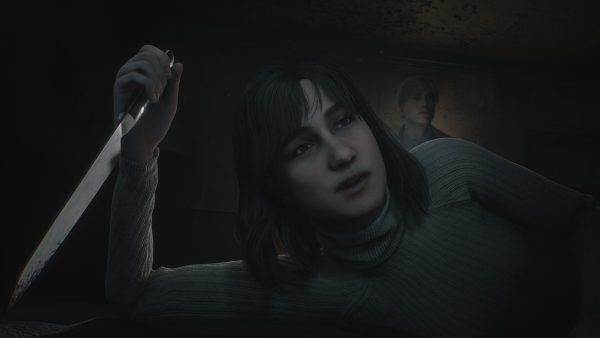
Nowhere is this expressed better than with the main character, James Sunderland. The level of emotion communicated through James’ face throughout the game creates an entirely new dimension to this game’s storytelling, leading to a much more natural and immersive experience.
It reveals things that were once obscured by the limits of technology but also adds things the original game was trying to convey.
Alongside this is the reworked script, which is not only faithful to the original but also has meaningful additions that follow the subtlety and restraint of the original.
A big example of this is the iconic opening scene with James in the bathroom before he enters Silent Hill. In the original, the first thing the audience sees is his face in the mirror, clearly wrestling with his emotions.
In the remake, the first thing the audience sees is his shaking hands. It’s a minor addition, but with the context of the full game, it is filled with meaning and relevance.
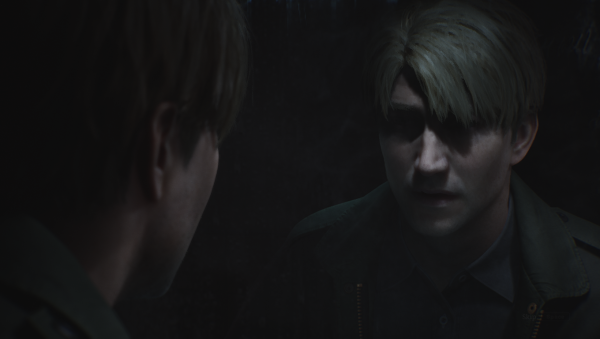
There are also some bigger scenes added that take up much more time, but I won’t go into detail at the risk of spoiling these scenes. The point is the additions Bloober Team made to “Silent Hill 2” are excellent and were created in service to the original game’s story.
Design:
Arguably, the most iconic aspect of the “Silent Hill” franchise is its general vibe and world design. The oppressive fog that encompasses the town, the dilapidated architecture, the monsters and the sound design.
All of this is wonderfully represented in the remake.
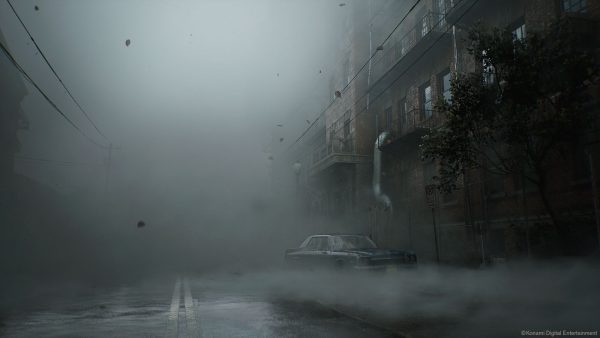
The town of Silent Hill is oppressive, yet not so much that it results in the player getting lost. Throughout the game, the player is given a map of each area, resulting in the player being able to keep up with which areas they have visited and make notes on where to go next. It’s a simple yet monumental addition that makes exploring these labyrinthine locations easier but much more engaging.
On top of this, the sound design is magnificent. For me, most of the game’s horror comes from the way this game uses its sound. From eerie drones to loud whispers, it is imperative that you play this game with headphones on. Otherwise, you are robbing yourself of industry-leading sound design.
Of course, the horror doesn’t just come from the sound. “Silent Hill 2” is known for its monsters, especially Pyramid Head, who is arguably the most iconic monster in gaming.
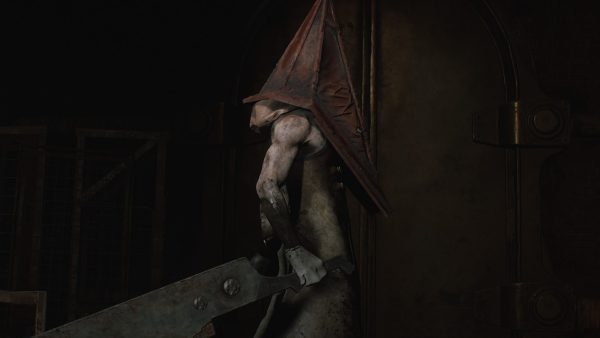
All of these ghouls are represented faithfully in this remake. Seeing these uncanny creatures in high definition is freaky and pulse-pounding. Seeing the full scale of these monsters is a sight to behold and really adds to the world of “Silent Hill 2.”
Gameplay:
If there is one thing I can point at and criticize about the original game, it would be its combat. It was clunky and unresponsive, which theoretically added to the horror experience but, in reality, made the game frustrating.
The combat has not only been modernized in the remake — there is also a lot more of it.
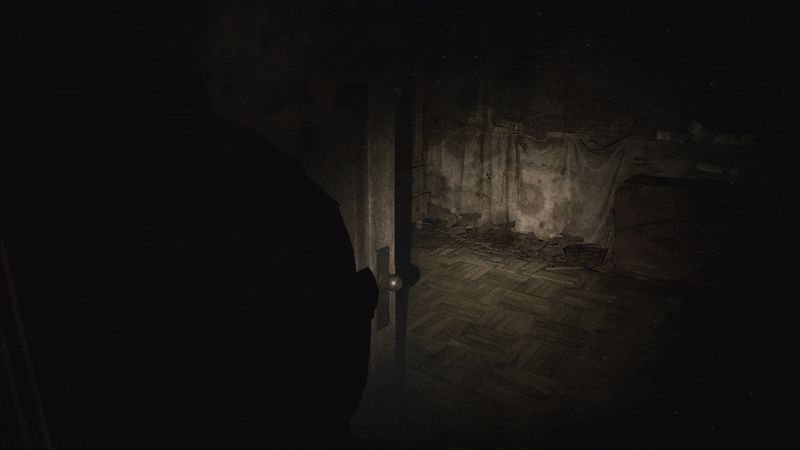
The biggest change from the original game to the remake is its length. The original game could be completed in about eight hours without much trouble. My first playthrough of the remake took me 15 hours due to more puzzles and more combat encounters. While it can feel unnecessarily bloated sometimes, I really have no complaints about the gameplay itself.
The combat is responsive yet constrained. As a player, I didn’t have a lot of tools to defend myself, but those tools were reliable and always there when I needed them. While there is a pretty limited arsenal of weapons, it allows the game to focus on specific combat encounters that feel exciting.
This is especially the case when it comes to boss fights, which have gotten a massive facelift, now being much more fun to engage with while still feeling like a monumental task to deal with.
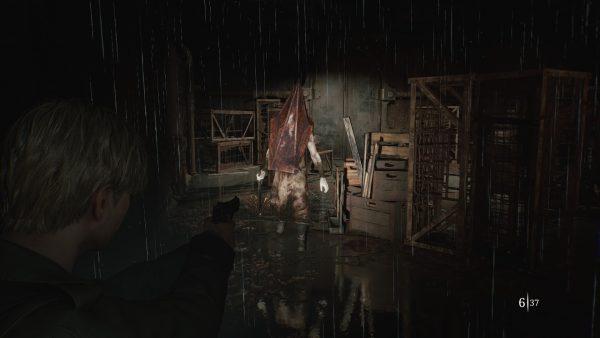
This emphasis on fights also makes them feel like they have a lot more weight when it comes to the story because it never feels like you are fighting some random creature. Every enemy has a purpose and a reason they are there: to torment those who dare enter Silent Hill.
Conclusion:
While this remake is incredible on its own, the most important thing I’ve taken away from it is its original elements: the story, characters, themes, setting, enemy designs and soundtrack. These aspects are as impactful today as they were back in 2001.
A large aspect of this is because, for the most part, the AAA gaming space really hasn’t followed in the footsteps of what “Silent Hill 2” did over 23 years ago. Part of this makes sense. Few game studios are willing to discuss topics of abuse, eroticism, sexual assault, terminal illness and suicide, especially as the cost of big publisher games continues to rise.
It’s a similar situation that other art mediums face; big studios behind movies, TV shows, music and books tend to shy away from these topics and try to appeal to everyone to make their money back. However, the works of art we remember have always been the ones that take risks and tackle topics that deeply resonate with audiences.
Think of other works of art that confront their audience, like “The Sopranos,” “To Kill a Mockingbird,” “Schindler’s List” or, specifically in the video game world, “The Last of Us,” “Red Dead Redemption” and even the lore of “Dark Souls.”
“Silent Hill 2” is another example of this, a work of art that is willing to make its audience uncomfortable to say something meaningful. It’s art that still resonates to this day, and now, with the remake, it’s art that can resonate with a new generation of players.


